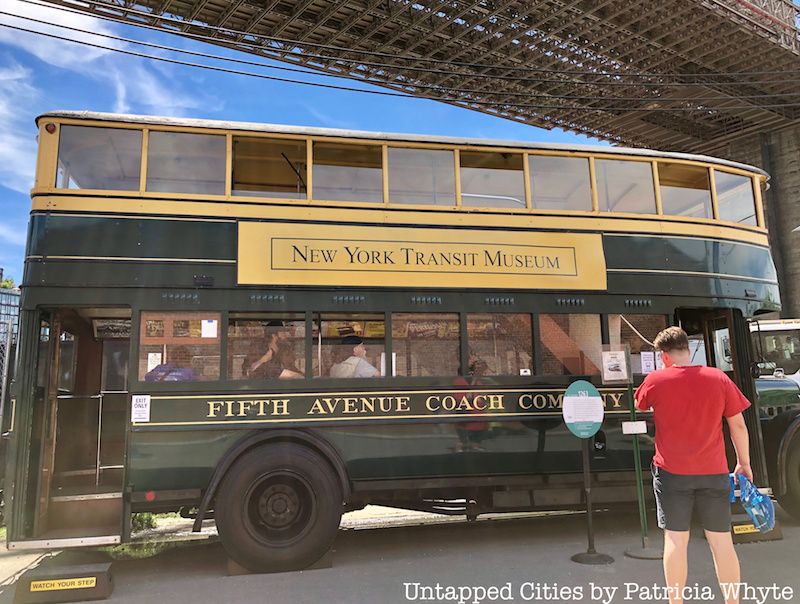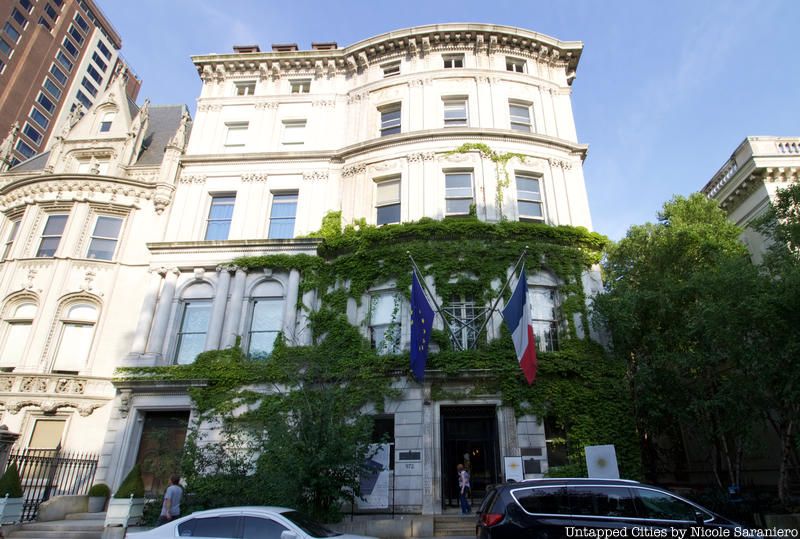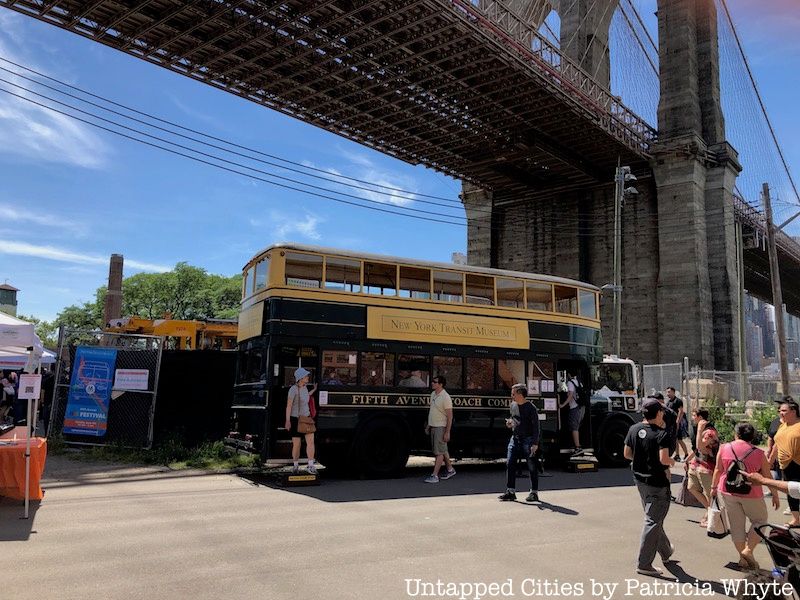Last-Minute NYC Holiday Gift Guide 🎁
We’ve created a holiday gift guide with presents for the intrepid New Yorker that should arrive just in time—

 Fifth Avenue Coach Company’s double-decker bus
Fifth Avenue Coach Company’s double-decker bus
Fifth Avenue has it all: opulent retail, national embassies, corporate headquarters–but no Subway line. Why is this? Not only is there no line now (and no plans for one in the future), but no elevated trains or trolleys have ever operated on one of the world’s grandest thoroughfares. In fact, the avenue’s transit history is one of the most complex of any street in New York City.
Dating from its original conception in the Commissioner’s Plan of 1811, Fifth Avenue was built with the expectation that it would one day be a grand boulevard, epitomizing the virtues of New York City aristocratic life. Much of this prestige has been centered on one intersection in particular: 34th Street. This was home to The Mrs. Astor, the former Waldorf-Astoria Hotel, B. Altman’s, and now the Empire State Building. It was the Astor family’s residence at 350 Fifth Avenue that helped usher in a wave of high-end residential developments. We reached out to historian Anne Walker of Peter Pennoyer Architects, who stated in an email that,”Rapid transit would have obviously been inconsistent with the development and character of the avenue. Fifth Avenue has really always been an upscale residential area (i.e. mansions), starting with Washington Square, and then as development moved uptown, Madison Square, and then finally the area in the 50s up to 57th Street.” By the late 19th century, the section of the avenue running along the eastern edge of Central Park became known as “Millionaire’s Row.”

This community of wealthy elite had considerable clout in city politics and lobbied to bar any electric trolley development along the corridor once these routes became more prominent in the 1880s and 90s According to the AIA Guide to New York City:
“The Fifth Avenue Association (whose members had fought billboards, bootblacks, parking lots, projecting signs–even funeral parlors), and the absence of els or subways. To provide a genteel alternative for rapid transit, the Fifth Avenue Transportation Company was established in 1885, using horse-drawn omnibuses until 1907, followed by the fondly remembered double-deck buses. Once upon a time even the traffic lights were special:bronze standards with neo-Grec Mercury atop, subsidized by the Fifth Avenue Association concerned with style.”
In 1885, the Fifth Avenue Transportation Company was founded to provide horse-drawn omnibus service. After having gone bankrupt in 1896, it was succeeded by the more notable Fifth Avenue Coach Company, which continued its predecessor’s precedent of bus-only service. A fleet of motor buses was installed in 1907 that charged a premium fare twice the rate (10¢) of other services for rides on its double-deckers that suited the tastes of the area’s wealthy patronage. Rail transit development became even less likely after the formation of the Fifth Avenue Association in 1907, whose raison d’être was to guard against any unsuitable industrial or infrastructural development.

The Fifth Avenue Coach Company later purchased a majority stake in the New York Railways Corporation in 1926 amid rumors that their intent was to phase out all trolley services of the NYRC. This eventually came to fruition, though the FACC benefited from a number of other investments, not to mention the technological and societal shifts to more automotive-oriented transit. All electric trolley lines ceased operations by 1954. After a strike in 1962, the FACC was condemned and seized by the city and has since been absorbed into the Transit Authority’s larger network. By that point, Fifth Avenue south of Central Park had well established itself as a thriving commercial and tourism hub, but the Subway–which had become the dominant means of intra-city rail transportation–saw no development along the avenue.
Until 1966, Fifth Avenue ran two ways, in the fashion of its grand counterparts in Europe. The infamous Transport Workers Union strike of that year expedited pre-existing plans to realign the traffic pattern one-way heading south in conjunction with rerouting Madison Avenue north in order to decrease congestion. Requiring the modification of 245 traffic signals and the installation of 2,500 new signs, it is easy to see why the avenue’s traffic pattern hasn’t been altered since. Aside from a brief but unsuccessful bicycle ban along the Midtown sections of the avenue by then Mayor Ed Koch in August 1987, New York’s most famous thoroughfare has seen no major changes made to its transit characteristics. The timing has simply never been right for a Subway route in a system that was, for the most part, completed by the time the avenue transformed from a residential spine to a commercial artery.
Find out more about Fifth Avenue and which streets in NYC are served by a Subway.
Get in touch with the author @thisisnotreale
Subscribe to our newsletter